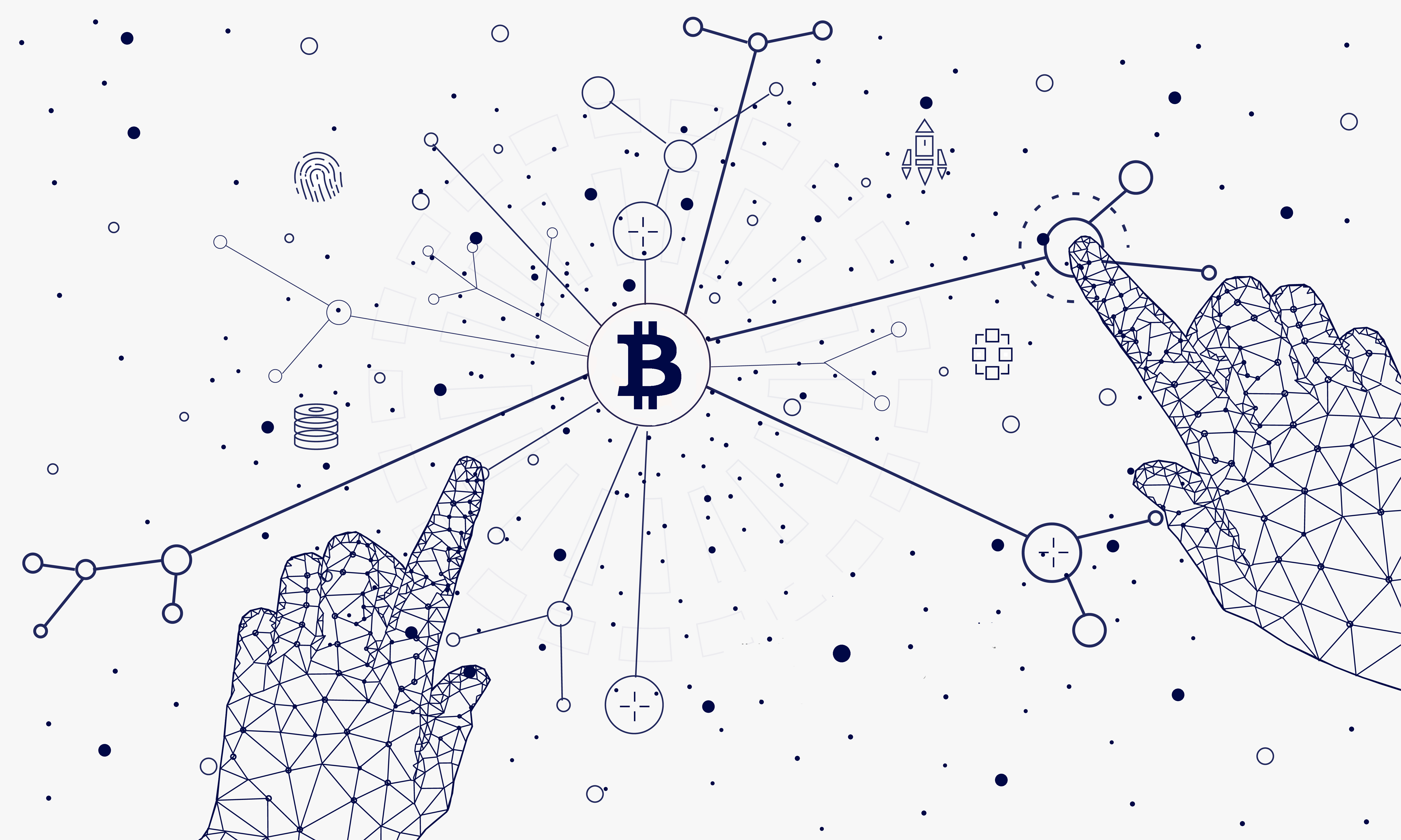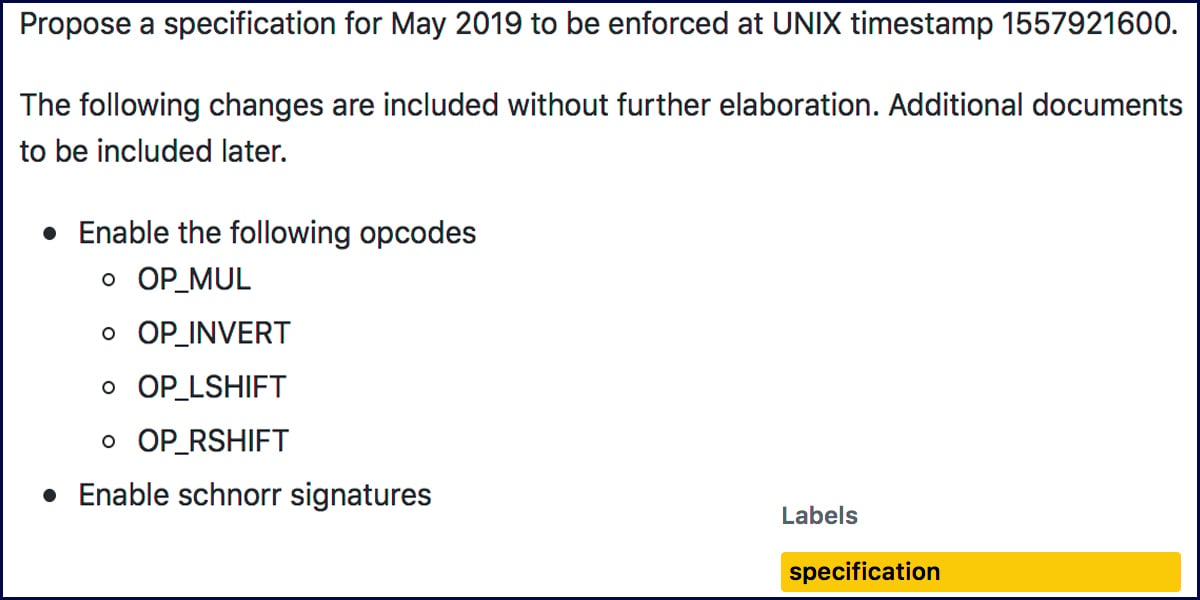BCH Upgrades: What’s New and What’s Next
 It’s been two weeks since the Bitcoin Cash (BCH) hard fork that upgraded the BCH chain and resulted in a blockchain split. But although many people have been focusing on the birth of Bitcoin SV, a number of BCH proponents are already moving forward and discussing the network’s latest upgrades, as well as the next hard fork scheduled for May. Also Read: Free Keene Activists Launch Tip-Card Creator Called Cryptotip.org
It’s been two weeks since the Bitcoin Cash (BCH) hard fork that upgraded the BCH chain and resulted in a blockchain split. But although many people have been focusing on the birth of Bitcoin SV, a number of BCH proponents are already moving forward and discussing the network’s latest upgrades, as well as the next hard fork scheduled for May. Also Read: Free Keene Activists Launch Tip-Card Creator Called Cryptotip.orgBCH Chain Upgrades
 The Bitcoin Cash (BCH) blockchain has split and many supporters are ready to move on, as the hash war is said to be over because the Bitcoin SV developers have revealed that they will add replay protection. But with all the focus on the emergence of a new chain, many people haven’t even noticed that the BCH software has been upgraded. For instance, new protocol changes have been applied to the blockchain, including a clean stack for more efficient script evaluation, canonical transaction ordering (CTOR), an enforced minimum transaction size, push-only for scriptsig, and the addition of the opcode OP_Checkdatasig.
The Bitcoin Cash (BCH) blockchain has split and many supporters are ready to move on, as the hash war is said to be over because the Bitcoin SV developers have revealed that they will add replay protection. But with all the focus on the emergence of a new chain, many people haven’t even noticed that the BCH software has been upgraded. For instance, new protocol changes have been applied to the blockchain, including a clean stack for more efficient script evaluation, canonical transaction ordering (CTOR), an enforced minimum transaction size, push-only for scriptsig, and the addition of the opcode OP_Checkdatasig.The Most Discussed Additions to the BCH Chain
The two recent fork additions, OP_Checkdatasig and CTOR, have been the topic of intense discussion over the past few weeks. With CTOR, transactions within a block are sorted differently, while removing the limits of topological transaction ordering (TTOR). Developers believe CTOR removes a lot of the complexity of block template creation time. When coupled with the Graphene protocol, the chain could see a more efficient method of broadcasting blocks as well. BCH developer and cryptocurrency miner Jonathan Toomin has published a comprehensive description of CTOR, while blockchain researcher Joannes Vermorel has also written about the protocol in great detail. And Bitcoincash.org explains that Bitcoin ABC developers believe CTOR “will have huge payoffs for the future of Bitcoin Cash.”

New Opcodes and Schnorr Signatures
Now that these new features have been added to the BCH chain, many are wondering what’s coming in the next hard fork, scheduled for May 2019. The Bitcoin ABC development roadmap published last August shows there are many different features planned for future software. Back in October, Bitcoin Cash developer Shammah Chancellor (Micropresident) also published a suggested specification for the May fork, so developers could discuss the proposal. Over the last few weeks, BCH developers such as Mark Lundeberg, Awemany, Andrew Stone, Mengerian and Jason Cox have been discussing the proposed specifications in great detail.

6 Months to Discuss
BCH proponents on the subreddit r/btc have also discussed the developer’s documentation, with one person commenting that they appreciated that the development has been “progressing normally.” Other BCH enthusiasts in the r/btc conversation started asking when the next block size increase would take place. The well-known BCH community member Homopit has already provided a response, stating that “The limit is now 500x above demand — Developers are working on more important things — 40-minute propagation for the 64MB block on BSV chain. Remember?” Of course, the proposed specifications are only on the table for discussion at the moment, but it’s good for BCH proponents to get a glimpse of possible development plans. There’s also six months left and plenty of time for debate about the consensus changes slated for next spring. What do you think about the recent additions to the Bitcoin Cash blockchain and the proposal for the upcoming May 2019 hard fork? Let us know what you think in the comments section below.Images via Shutterstock, Pixabay, and Github.
Express yourself freely at Bitcoin.com’s user forums. We don’t censor on political grounds. Check forum.Bitcoin.com. The post BCH Upgrades: What’s New and What’s Next appeared first on Bitcoin News.
BCH Bitcoin ABC bitcoin cash Bitcoin Unlimited canonical transaction ordering CTOR debate Development discussions github Graphene Hard Fork N-Technology OP_CHECKDATASIG Proposed Specifications Scaling Schnorr Signatures Shammah Chancellor Technological Advances Technology & Security topological transaction ordering Upgrade



